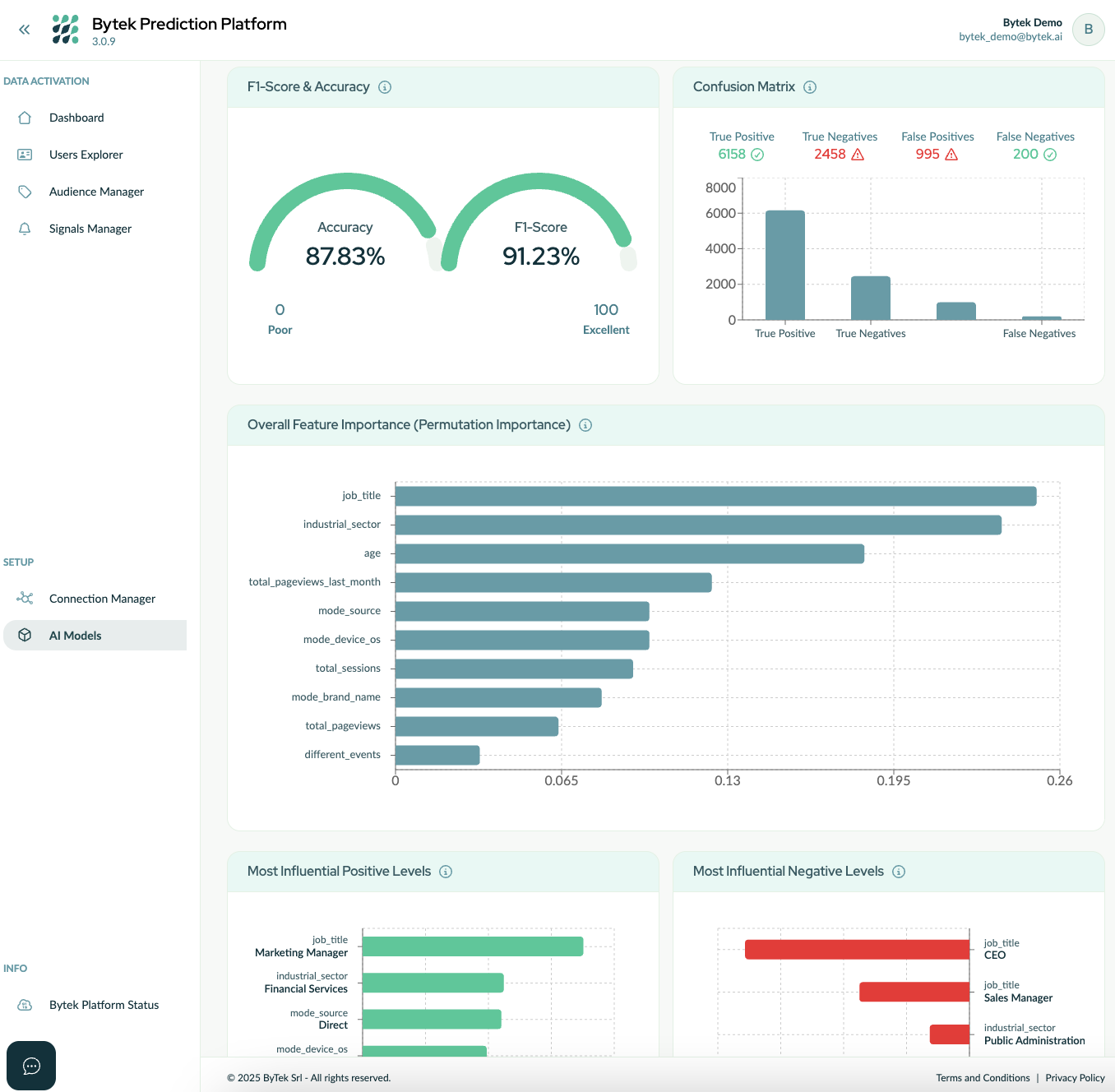An ID Graph (Identity Graph) is a structured system designed to map, connect, and continuously update relationships between multiple user identifiers generated across domains, devices, and systems. Its goal is to create a unified representation of a person’s digital identity – essential for enabling consistent, data-driven and personalized marketing strategies.
In today’s environment – characterized by fragmented digital ecosystems, the decline of third-party cookies, and increasing demands for data protection – the ID Graph has become a strategic asset for cross-site and cross-device identity resolution.
From a technical perspective, an ID Graph enables marketers to:
- Connect heterogeneous identifiers such as cookie IDs, device IDs, hashed emails, user-IDs, and social logins;
- Manage relationships between anonymous and authenticated identities securely and in compliance with regulations;
- Reconcile behavioral and transactional events across time and channels;
- Build a persistent Single Customer View powered by multiple data sources;
- Support predictive activation models and personalization in cookieless environments.
Each node in the graph represents a unique identifier, while the edges trace deterministic or probabilistic connections between linked identities. The ID Graph is not a static database, it’s a dynamic structure that updates in real time with every new interaction, powering AI models, segmentation and media activation strategies.
The ID Graph in the Bytek Prediction Platform
Within the Bytek Prediction Platform, the ID Graph serves as the core engine for identity unification. It is automatically built and continuously updated, fueled by first-party data from:
- CRM and customer care systems;
- eCommerce platforms, websites, and mobile apps;
- Analytics tools and DMPs;
- Offline sources (physical stores, POS systems, events).
Every collected identifier – whether a Hashed Email, Persistent ID, Cookie ID, User-ID or Device ID – is normalized and added to the graph, which evolves through the platform’s proprietary Identity Resolution module.
Key Capabilities of Bytek’s ID Graph
The ID Graph module within the Bytek Prediction Platform provides the logical infrastructure required to maintain identity continuity across digital environments. Core capabilities include:
- Anchor ID selection for each user, serving as the reference key for the Single Customer View;
- Linking of temporary and persistent identities, even without login events;
- Graph management based on privacy-by-design principles, with all data encrypted, anonymized, and processed with user consent;
- Automated profile enrichment with predictive signals (e.g., intent, interest, CLTV);
- Seamless activation across marketing and paid media channels.
With its ID Graph, the Bytek Prediction Platform enables unified marketing intelligence, reducing data fragmentation, improving audience quality, and increasing the impact of targeting and personalization initiatives.
Why an ID Graph Is Essential Today
Implementing an ID Graph system allows companies to:
- Overcome the limitations of cookie-based targeting;
- Build a persistent user view, even in cookieless environments;
- Improve campaign performance through more accurate segmentation;
- Activate predictive models with consistent, high-quality data;
- Ensure privacy compliance through structured identity management.

















